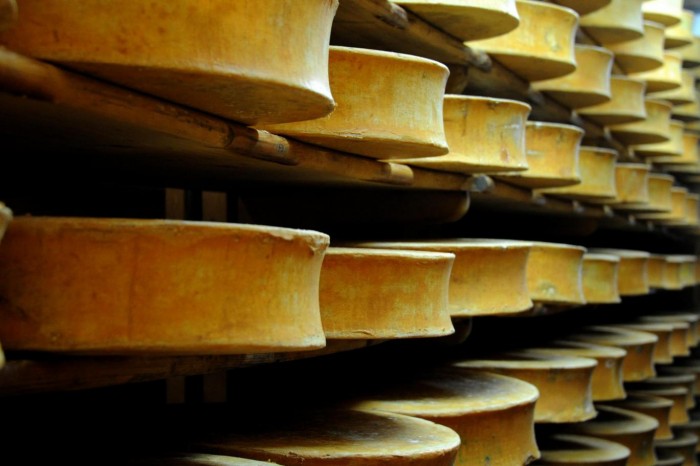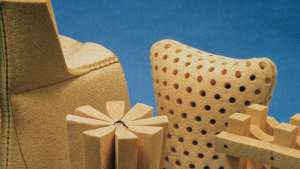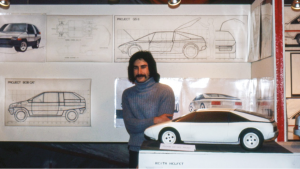From the Series

Biogas is a well-established form of renewable energy. The sustainable resource can be produced from an endless array of raw materials, from plant matter to all kinds of waste, including food waste. It was recently reported that the renewable energy group Valbio has constructed a power plant that generates energy for the French town of Albertville using cheese.
The power plant converts the regional Beaufort cheese into energy using the whey, a natural byproduct of cheese production. The whey is combined with a bacteria mix to kickstart a fermentation process, which results in a methane and carbon dioxide compound commonly known as biogas. When the gas is heated, the resulting steam powers the plant’s turbines to create electricity.
Valbio built the original cheese-powered plant ten years ago next to an ancient abbey where monks have been making cheese for centuries. The Albertville plant is Valbio’s largest facility and is capable of producing approximately 2.8 million kilowatt-hours of energy a year, which is enough to sustain a community of 1 500 people. Currently, Valbio is selling the energy produced by the plant to the world’s largest electricity producer, Électricité de France.
The advantages of bio-based fuels such as whey are numerous. Biogas is a carbon neutral technology, which means it doesn’t release any carbon dioxide into the atmosphere. It is also a storable and transportable form of energy that lessens the need for pollution-causing fossil fuels.







